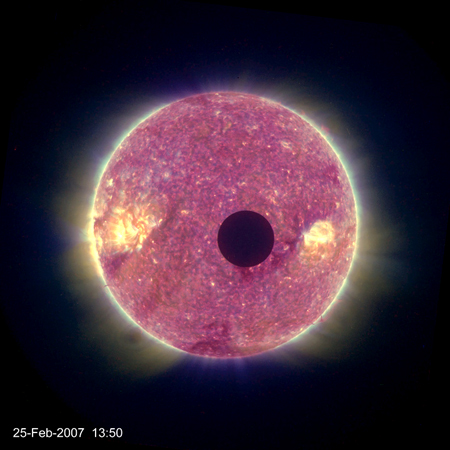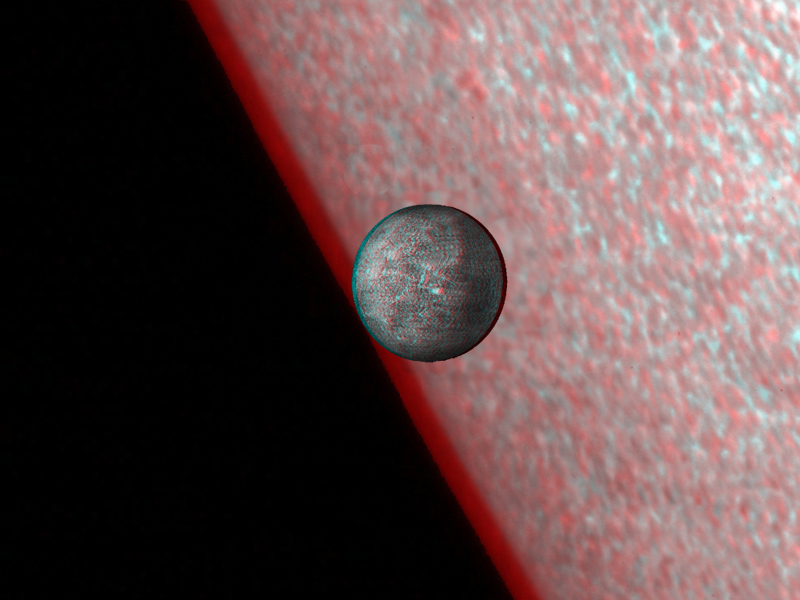
Tee hee. My friend David Beining sent me a link to this image with the subject “Sci Viz New Mexico Style.” It come from a blog entry on Duke City Fix about sunlight reflected off a shaving mirror buring streaks into a wooden wall (a daily event, and the two gaps represent cloudy days). It recollects another New Mexico treasure, the Sun Dagger at Fajada Butte in Chaco Canyon.
As usual, David’s offhand email got me to looking online for, well, something to link to about the Sun Dagger (e.g., the above). I came across the Exploratorium interactive (part of their much larger site about the site), and I have to say that, except for the annoying spinning zia symbol, it’s quite good. The U.C. Berkeley-based Traditions of the Sun also offers a great introduction to the archeoastronomy of Chaco Canyon. We Bay Area folk have Nuevo México down pat!
The Solstice Project interactive model also looks interesting, but I can’t play with it…
Anyway, from shaving mirrors to ancient archaeological sites, the sun plays an important role in our lives. As long as it doesn’t burn our house down, I suppose.




